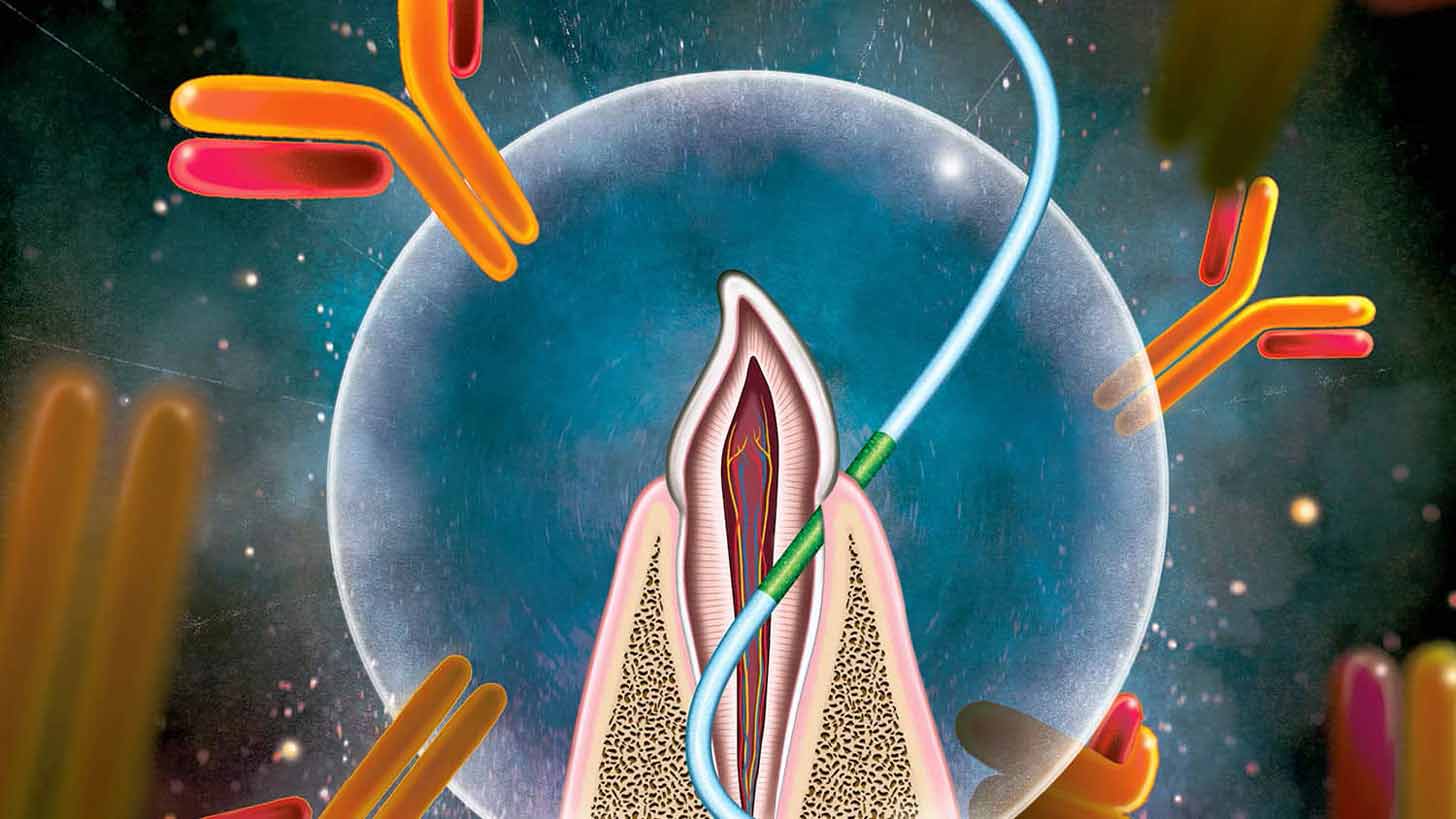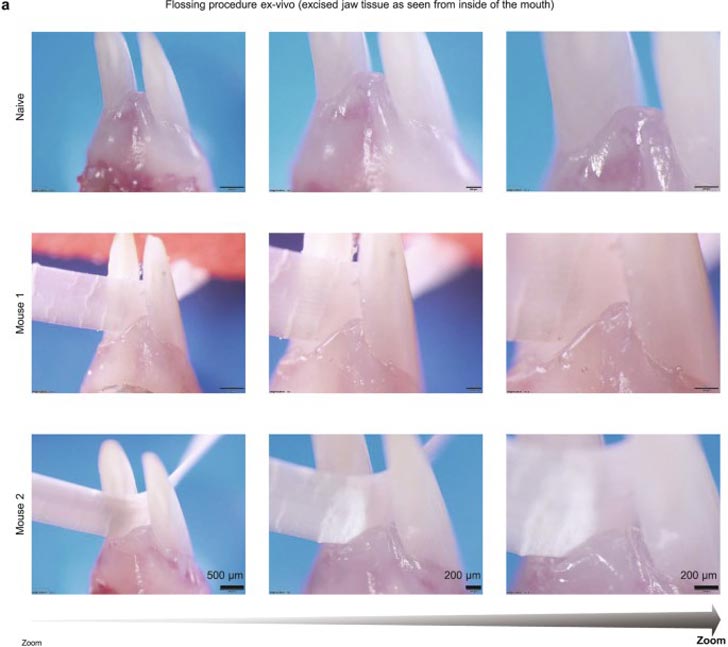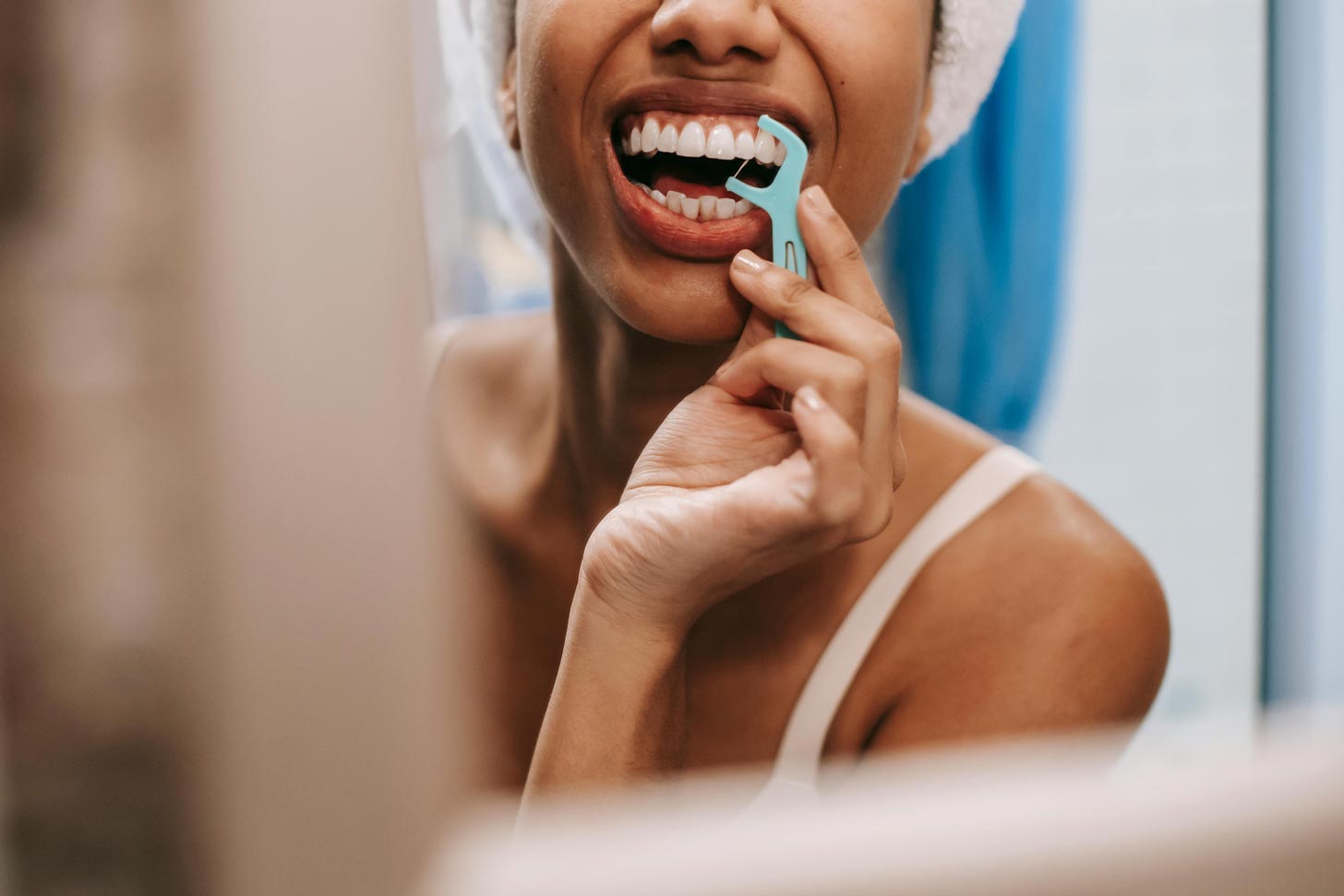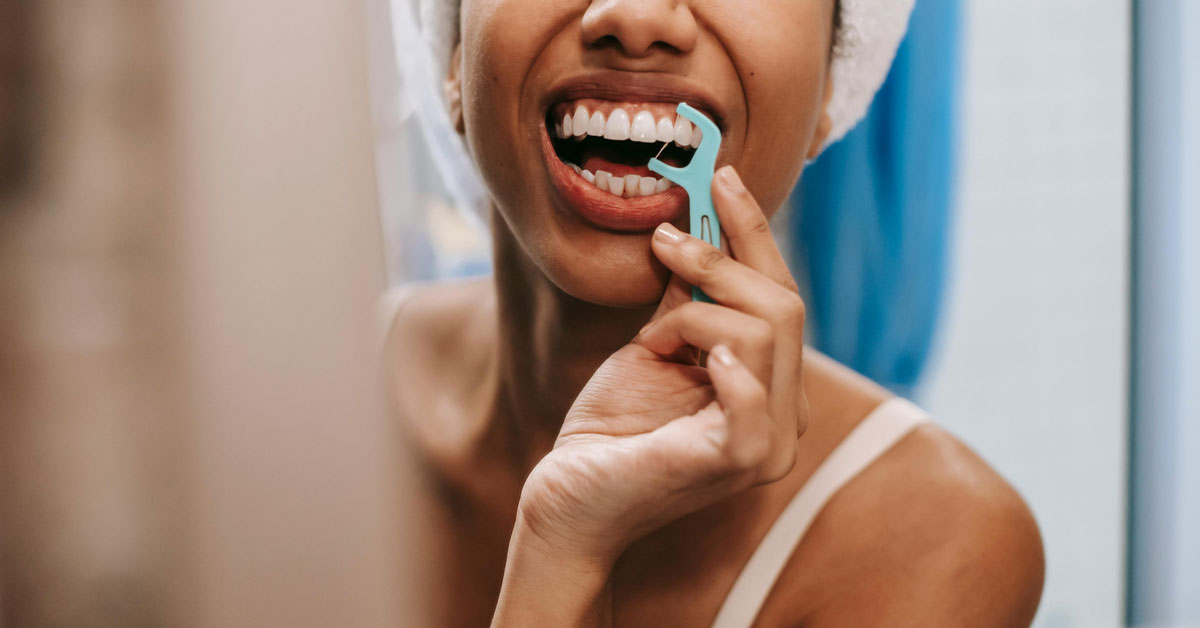Getting an annual flu or COVID-19 shot is never a particularly pleasant experience, especially for those who aren’t too keen on getting a jab in the arm.
While nasal spray vaccines have been added as an alternative, and scientists continue to study their efficacy, a new group of researchers is testing a new delivery method: Dental floss.
Scientists at North Carolina State University have demonstrated a novel vaccine delivery method in animal trials, wherein dental floss is used to introduce a vaccine through the tissue between the teeth and gums.

In a recent round of testing, researchers found that the new technique stimulates the production of antibodies in mucosal surfaces, like the lining of the nose and lungs.
“Mucosal surfaces are important, because they are a source of entry for pathogens, such as influenza and COVID,” Harvinder Singh Gill, corresponding author of a recent study about the dental floss method, said in a statement.
“However, if a vaccine is given by injection, antibodies are primarily produced in the bloodstream throughout the body, and relatively few antibodies are produced on mucosal surfaces.”
Gill explained that when a vaccine is given via a mucosal surface, antibodies are stimulated in both the bloodstream and mucosal surfaces.
“This improves the body’s ability to prevent infection, because there is an additional line of antibody defense before a pathogen enters the body,” he explained.
While most tissues that line the surface of a person’s organs, like the lungs, stomach, and intestines, have built-in barriers to keep viruses and dirt from entering the bloodstream, the tissue that lines the teeth and gums is different.
This tissue is called the “junctional epithelium,” and is located in the deepest part of the pocket between the tooth and gum. Since it doesn’t have that additional barrier other tissues have, the junctional epithelium releases immune cells to fight bacteria, found in saliva and between the teeth and gums.
“Because the junctional epithelium is more permeable than other epithelial tissues — and is a mucosal layer — it presents a unique opportunity for introducing vaccines to the body in a way that will stimulate enhanced antibody production across the body’s mucosal layers,” Gill said.

For the study, the researchers applied vaccine material to unwaxed dental floss and flossed the teeth of lab mice. From there, they compared antibody production in mice that got a flu shot via dental floss to mice that got a flu shot via nasal spray or under the tongue.
They found that applying the vaccine via dental floss provided a “far superior antibody response on mucosal surfaces” than “the current gold standard,” Rohan Ingrole, first author of the paper, who was a Ph.D. student under Gill at Texas Tech University, added.
The researchers call this discovery “extremely promising.”
“We expect the approach to work with COVID vaccine that uses mRNA; hepatitis and tetanus since they use subunit proteins as antigens; and other vaccines that use inactivated or attenuated viruses as antigens (such as MMR vaccine),” Gill told Newsweek.
“In essence, through proper formulation of the coating, the approach should work with any vaccine.”
Most vaccine formulations cannot be given via nasal spray because the barrier for the body to uptake the vaccine is too large. Additionally, “intranasal delivery” can pose safety concerns, such as the vaccine reaching the brain.
Vaccination via dental floss poses no such risk, Gill said.
Additionally, at least in animal testing, the scientists found that it did not matter whether food or water was consumed immediately after flossing with the vaccine; the immune response was the same.

While the dental floss method is not ready for human use, the researchers are already thinking about the best way to distribute it. For instance, instead of having people hold a vaccine-coated floss in their hands, they used a floss pick with a handle to make it easier to administer.
And to ensure that users get enough of the vaccine dose, researchers recruited 27 human participants to use a non-vaccinated floss pick covered in food dye to see how much of the dye was deposited into the gum pocket.
“We found that approximately 60% of the dye was deposited in the gum pocket, which suggests that floss picks may be a practical vaccine delivery method to the epithelial junction,” Ingrole said.
“We’re optimistic about that work and — depending on our findings — may then move toward clinical trials,” Gill added.
Although clinical trials have not yet begun, the researchers are motivated by the impact this breakthrough could have on vaccine delivery in the future.
“It would be easy to administer, and it addresses concerns many people have about being vaccinated with needles,” Gill said. “And we think this technique should be comparable in price to other vaccine delivery techniques.”
“In the long-term,” Gill added to Newsweek, “our vision is that this could be a kit either used in the comfort of home, or a dentist's office, or pharmacies.”
Header image by Sora Shimazaki/Pexels



